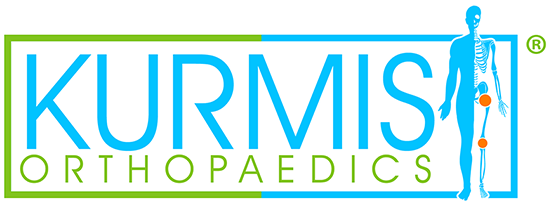
So you’ve had a scan and there is a lengthy list of reported findings, but what does this actually mean for you?
Okay, some stats to begin..
Some recent studies investigating pain-free people across the life-span found that indeed signs of degeneration or pathology were seen in a considerable number of these subjects.
For example of these pain-free subjects:
- 62% had knee cartilage lesions & 48% had meniscus lesions
- 87.6% had disc bulges in the cervical spine (neck)
- Evidence of disc degeneration in the lumbar spine (low back) was seen at roughly 20% greater than the given age group starting from the 20’s with 37%, 30’s with 52%, 40’s with 68% then a steep increase from the 5th decade with signs in 80% up to 96% in the 8th decade.
- Evidence of disc bulges & facet joint degeneration in the lumbar spine also had similar patterns seen at roughly 10% greater than the given age group starting from the 20’s (i.e. 30% in the 20’s etc).
When subjects with one painful shoulder had scans of both of their shoulders reviewed, the findings showed that although 92% of painful shoulders had rotator cuff pathology, 88% of their pain-free counterparts did as well. And regarding bursitis of the shoulder, where 54% of painful shoulders showed signs of bursitis, 56% of pain-free shoulders had similar findings.
These findings demonstrate that things seen on imaging in those with pain are often also seen in those without pain. Suggesting that such things are perhaps normal for our bodies as we progress through the lifespan.
A similar way to look at these things may be to consider how our bodies change on the outside as we age. Our hair colour tends to fade, our skin tends to lose its elasticity and wrinkles occur. These are however, considered normal parts of aging and don’t tend to affect the way we function day to day or cause considerable concern when they arise (perhaps other than for our egos…).
But hang on, then why am I sore??
Well the pain we feel is quite a complex entity, and a combination of many factors. It is a signal from our brain – much like hunger or thirst – to tell us something. In hunger or thirst’s case the message is obvious. But in the case of pain it can be unclear. In its simplest form pain is a danger alarm, alerting us to an area of the body at risk of injury or recently injured to try to get us to change our behaviour to prevent or protect. However this signal can be influenced by many other factors or processes in the brain and body such as stress, our immune system, sleep quality, perception/lived experience, mental health, hormone balance and other health conditions we may experience. The level of function and cohesion of interaction in these bodily systems can be either predictive of pain or protective of a pain response. For example, the physical demand of sitting at a desk for many hours on end as part of an office job may predispose us to some fatigue or stiffness in our back or neck, but how much we like the job, how tired we are, how much work we have to do and how pressed we are with deadlines, as well as other issues like mental or/& physical illness can influence this.
Alternatively, should we expose the body to a sudden change in load (more or less) such as a change in work hours, duties, or exercise routine (i.e. suddenly ramping things up or taking up a new activity or even stopping things) the body can equally respond with pain as a means of communicating this change in load or physical demand.
Okay – then why did I have the scan in the first place..??
Imaging, or other investigations like blood tests, should be used to rule out the presence of concerning pathology, or “red flags”, so as to appropriately direct management. For example in the case of an acute ankle or wrist sprain, or following injury after a fall a scan may be ordered if there is suspicion of fracture as rehabilitation for the affected area will look very different in the case of a simple sprain versus a broken bone. Or in the case that a clinician may suspect the presence of an underlying inflammatory condition a scan and a blood test may be ordered to assist in long term management of the condition as the input of a specialist may be necessary or the use of certain medications.
However it is not uncommon that scans return negative results for these suspicions but yet still provide a lengthy report on findings. These findings should then be seen as “green lights” where although there are signs of age-related changes noted there are no concerning features, which means activity & rehab for the problem area is safe to undertake as planned.
So what do we do about those findings then..??
Well.. nothing! The great news is that our bodies can still get stronger and more resilient to pain even in the presence of things like tendon, cartilage or disc changes. We generally don’t need to change the way our tendons or joints look for us to improve our pain. Typically what we need to change is our tolerance to activity so that we meet or exceed our usual demands. This can be achieved through graded exposure to physical loads. And aside from physical integrity we also need to address the many other factors aforementioned to improve our overall resilience – i.e. ensuring good nutrition, sleep quality and stress management etc.
If this has your head spinning with questions or you’ve recently been through some imaging and been told your pain is due to degeneration or your age, please get in touch to book an appointment with one of our experienced physiotherapists to talk through your pain problems to find the best management approach to meet your goals.
Call 8342 1233 or book online via www.thephysioclinic.com.au. We’d love to meet you!
Consulting at The Physio Clinic – Prospect























